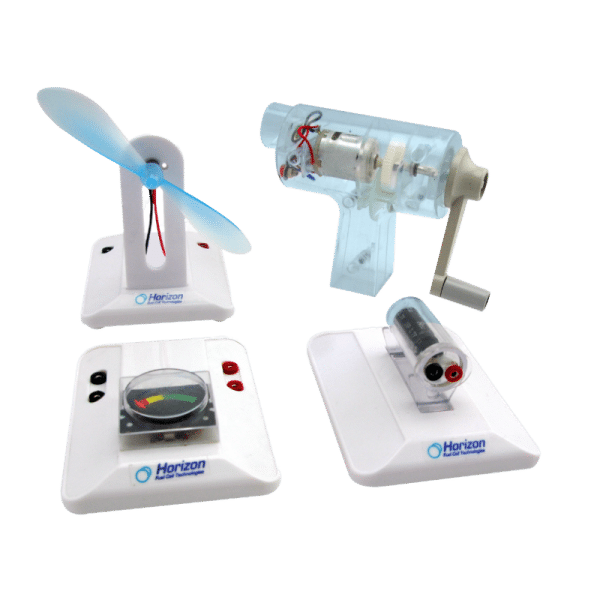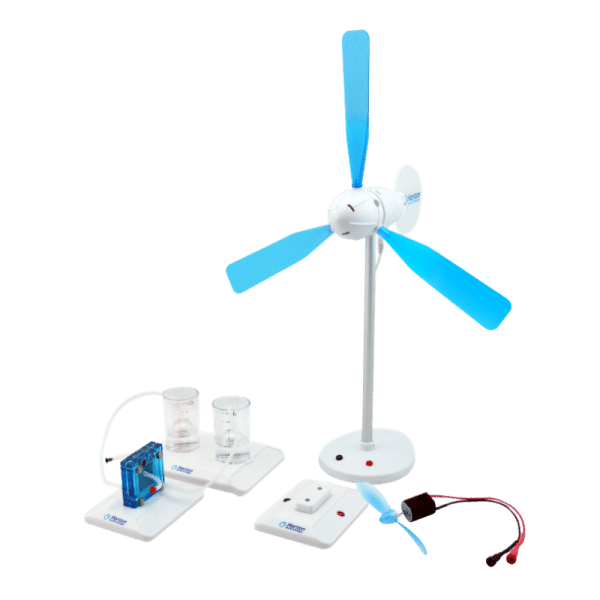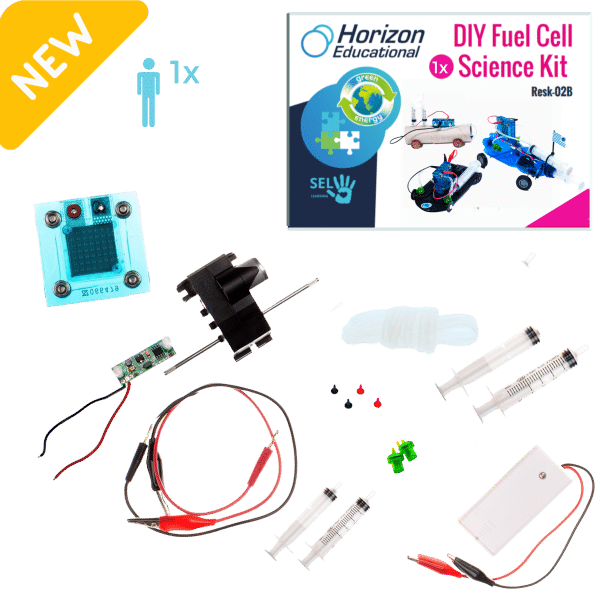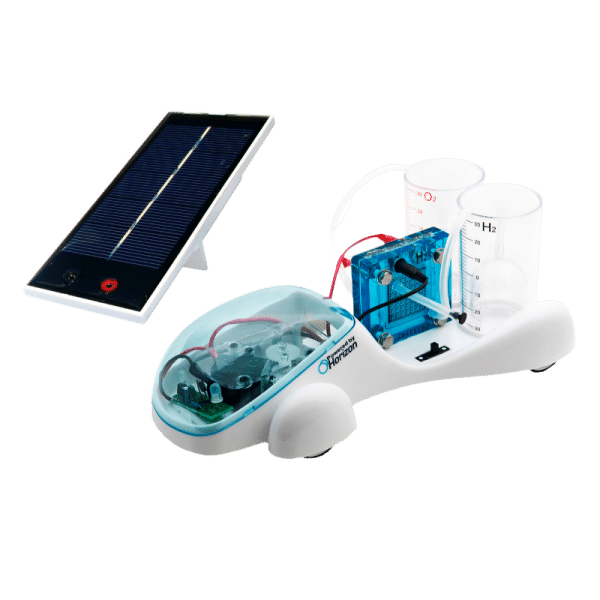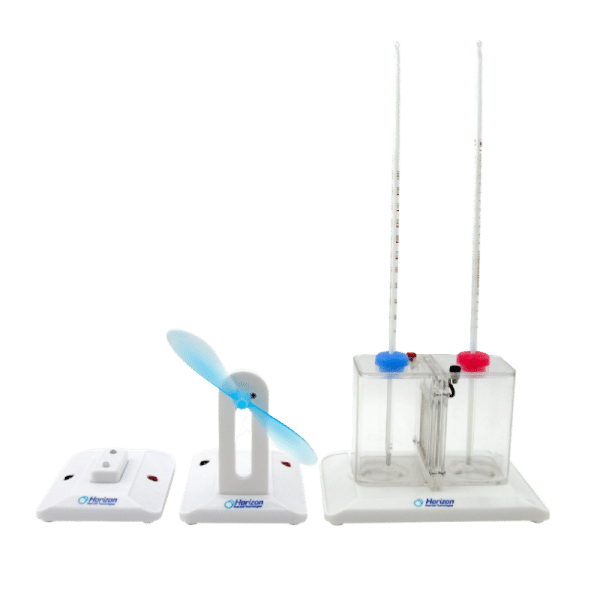Description
Super Capacitor Science Kit – product overview
- Discover the science behind capacitors and generators by using them to power simple electric circuits.
- Understand electric charge, electric current, and other physics concepts while using a generator to charge a capacitor.
Conduct dozens of exciting, hands-on experiments with the science kit
Ideal as a battery replacement for a wide variety of basic electricity experiments, the hand crank generator is a low voltage power source that lets you create electrical current by simply turning a crank. This ingenious device generates student interest producing electrical energy through hands-on student effort. Student’s enthusiasm is immediate, whether they are third graders lighting a bulb or college students reviewing sophisticated principles such as Ohm’s Law or the electromagnetic properties of light. Made from a sturdy, see-through ABS resin with nylon-plastic gears and handle, the kit is designed to shrug off use and abuse. It produces approximately 200mA of usable current. It is capable of producing up to 6 volts. You can reverse polarity by simply cranking the handle in the opposite direction. And, when powered by another kit or low voltage power source, it acts as a motor.
Activities and uses
Some of the activities require accessories sold separately. You can study electron flow, parallel and series circuits, Ohm’s Law, motors and generators, energy transformations, and more.
Using a cellophane tap, wrap two wires onto a compass. Ensure you wrap the wires in the compass needle axis. Connect the other end of the wires to the hand crank generator. Turn the handle clockwise with different velocities. Do the same counter-clockwise. Does the defection angle is linked to the handle angular velocity? Does the deflection angle is linked with the handle sense of rotation? Explain.
Repeat the above experiment exactly, but rotate the generator counterclockwise. What is the result?
Elementary and Middle School
Electricity in circuits can produce light, heat, sound, and magnetic effects. Electrical circuits require a complete loop through which current can pass.
Use electric currents to create magnetic fields.
Students know the role of electromagnets in the construction of electric motors, electric generators, and simple devices, such as doorbells and earphones.
Describe electron flow in simple circuits.
Students know how to design and build simple series and parallel circuits by using components such as wires, batteries, and bulbs.
High School
Energy is a property of many substances and is associated with heat, light, electricity, mechanical motion, sound, nuclei, and the nature of a chemical. Energy is transferred in many ways. The total
energy of the universe is constant. Energy can be transferred by collisions in chemical and nuclear reactions, by light waves and other radiations, and in many other ways. however, it can never be destroyed. As these transfers occur, the matter involved becomes steadily less ordered.
Electricity and magnetism are two aspects of a single electromagnetic force. Moving electric charges produce magnetic forces, and moving magnets produce electric forces. These effects help students to understand electric motors and generators. Measure the thermal and electrical conductivity of various materials and explain results.
Analyze the relationship between an electric current and the strength of its magnetic field using simple electromagnets. Investigate and compare series and parallel circuits.
Curriculum
What is included in the horizon energy curriculum? The lab equipment is just the beginning. We’ve built the horizon energy curriculum to provide teachers with multiple resources for engaging their students.
Materials provided
- Hands-on Lab Activities
- Teacher’s Guide
- Student’s Guide
Concepts covered
 Physics Concepts
Physics ConceptsCapacitors, Current/Voltage, Electric Charge, Electric Circuits, Energy, Generators, Ohm’s Law, Power (Electric)
 Earth Science Concepts
Earth Science ConceptsRenewable Energy


